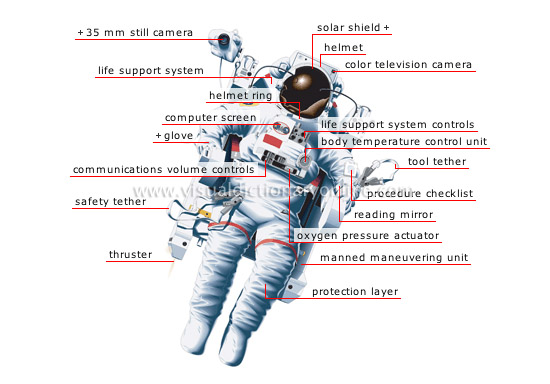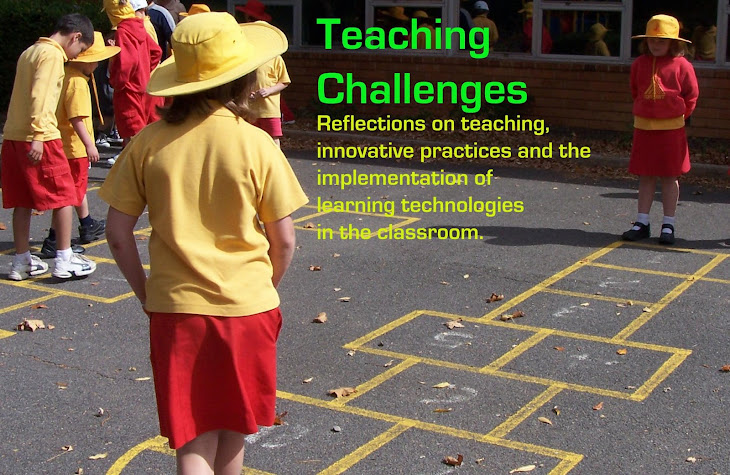As I pointed out to the parents of my students, this week was a "hold your hat and enjoy the ride" sort of week. Monday was out due to a public holiday. My teaching partner, Jonno, and about a fifth of the Year 4s were out on Thursday for a rugby day and Friday was our swimming carnival. We had a bit of teaching in the middle there, but had to pack a lot into a few days!
I must say that Jonno was absolutely AWESOME this week. I was impressed with how calmly he pulled off all the sport organisation - and so professionally as well. The swimming carnival was a huge success and the kids had a fantastic day.
Fun this WeekReaders' TheatreI spent Monday night making a
quadruple batch of playdough. Hubby was confused: "Aren't you teaching Year 4 now?" I figured that even Year 4s like playdough now and then! Or at least the chance to express themselves creatively and explore ideas physically.
This week's readers' theatre was about
B.W Hawkins and the
Dinosaur Models which are displayed at the Crystal Palace Park in London. In line with the Art-full Pedagogies strategy from the
Springboards into Literacy workshop I went to, I decided to give my students a chance to create their own playdough dinosaur sculptures before reading the script. Students worked in small groups to create their dinosaurs using playdough, match sticks, pasta and sequins.

Then, as students began practising the readers' theatre scripts, they had personal experience of what it's like to create dinosaur models and the text was far more real to them. Students put a lot of expression into their reading and were interested to see the process of B.W. Hawkins when making his models.
AssembliesOn Tuesday we had a special farewell assembly for our retiring PE teacher who has been in the school for 12 years. He has had a huge impact on his students over the years and has fed their enthusiasm for an active lifestyle. He will be greatly missed by the students, staff and wider school community.
We also had a visit from Stirling Mortlock, a well known local rugby union player. He spoke to students in grades 4-6 about
Earth Hour and discussed the importance of looking after our planet every hour, every day - not just for Earth Hour. When we got back to class students began creating their own posters to remind people of appliances that use electricity and provide tips for reducing electricity consumption.
Class MeetingWe had a class meeting to discuss and complete a Biodiversity survey for the school's Student Representative Council (SRC). Students considered the areas of the school grounds they like, dislike and use. They listed the types of wildlife they have seen within the school grounds. They then considered changes they would like made in order to improve the appearance of the school grounds and the opportunities for biodiversity. The SRC is collecting this data from all classes, staff members and families in the school community.
VisitorsWe had a number of visitors in our school this week. Some teachers from the UK visited to see our school and the programs we run. My teaching intern also visited to meet students and get a greater sense of the classroom organisation. She will be beginning her 8-week internship at the end of March.
MathsThis week we looked at lines and angles in our maths lessons. I was surprised by how interested and enthusiastic the students were when it came to learning about angles. The questions students were asking showed great depth of thinking. It's disappointing that we could spend so little time on it due to all the interruptions. I look forward to exploring it further later in the year.
Will You Be Funky 4-Eva? QuizAs mentioned above, Jonno took some of our kids (and some Year 5/6s) to a rugby day on Thursday. For a bit of fun and relationship building, I designed a trivia quiz (in PowerPoint) for part of that day. Students got into mixed groups of six and created names for their teams. Questions came from a mix of subject areas and some included photos or videos. Each team was given three coloured match sticks that they could trade in - one for a dictionary, one for a calculator and one for a computer - to help them with a question. Every fifth question was a "Who Am I?" followed by a team challenge. The challenges we got to were:
- perform a nursery rhyme
- present a tongue twister
- build a sculpture or building with no more than 20 pieces of lego
It was a lot of fun and gave students opportunities to shine both academically, dramatically and technologically.
Swimming CarnivalThe carnival was a lot of fun. Students competed in races (including a 'boat race' with rubber tyres) and then played in the pool. They even had some time on a water slide. We were all exhausted by the end of it, but the kids also had a disco at night. (I admit - I skipped out on that one).
Rowan of RinFor details of our Literacy Unit on Rowan of Rin, click
here.






















